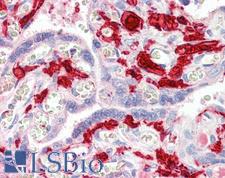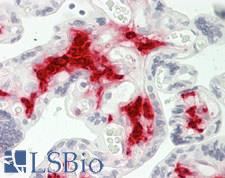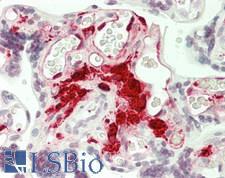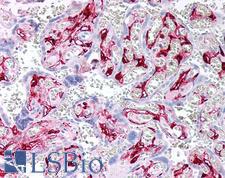Login
Registration enables users to use special features of this website, such as past
order histories, retained contact details for faster checkout, review submissions, and special promotions.
order histories, retained contact details for faster checkout, review submissions, and special promotions.
Forgot password?
Registration enables users to use special features of this website, such as past
order histories, retained contact details for faster checkout, review submissions, and special promotions.
order histories, retained contact details for faster checkout, review submissions, and special promotions.
Quick Order
Products
Antibodies
ELISA and Assay Kits
Research Areas
Infectious Disease
Resources
Purchasing
Reference Material
Contact Us
Location
Corporate Headquarters
Vector Laboratories, Inc.
6737 Mowry Ave
Newark, CA 94560
United States
Telephone Numbers
Customer Service: (800) 227-6666 / (650) 697-3600
Contact Us
Additional Contact Details
Login
Registration enables users to use special features of this website, such as past
order histories, retained contact details for faster checkout, review submissions, and special promotions.
order histories, retained contact details for faster checkout, review submissions, and special promotions.
Forgot password?
Registration enables users to use special features of this website, such as past
order histories, retained contact details for faster checkout, review submissions, and special promotions.
order histories, retained contact details for faster checkout, review submissions, and special promotions.
Quick Order
PathPlusTM F13A1 / Factor XIIIa Antibodies
Factor XIIIa (F13A1, Coagulation Factor XIII A subunit) is a blood-clotting transglutaminase that plays an important role in blood coagulation and regulation of insulin signaling. Factor XIIIa participates in wound healing by supporting platelet adhesion and endothelial architecture via cross-links with newly formed fibrin fibers. Consequently, deficiencies in Factor XIIIa are associated with hemorrhage and chronic wounds. In immunohistochemistry of normal tissue, Factor XIIIa is a fibrohistiocytic marker that stains positively in dermal dendrocytes, megakaryocytes, platelets and histiocytic or mesenchymal cells of the prostate, uterus and placenta. It is also positive in macrophages and monocytes. In cancer and disease, Factor XIIIa is positive in benign and malignant fibrous histiocytomas, fibrous tumors, aggressive angiomyxomas, hepatocellular carcinomas, hemangioendotheliomas, capillary hemangioblastomas, hemangiopericytomas, xanthogranulomas, glomus tumors, meningiomas, and also in Erdheim-Chester disease.
References: Curr Pharm Des. 2016;22(11):1449-59, PMID: 26654441; Scientific Reports. 2016 Oct. Volume 6, Article number: 35574, DOI: 10.1038/srep35574; Semin Thromb Hemost. 1996;22(5):399-408, PMID: 8989823; Cell Mol Life Sci. 2003 Jun;60(6):1049-60, PMID: 12861374
4 PathPlusTM Antibodies




☰ Filters
Products
Antibodies
(4)
Type
Primary
(4)
Target
F13A1 / Factor XIIIa
(4)
Reactivity
Human
(4)
Application
IHC
(4)
IHC-P
(4)
WB
(2)
Flo
(1)
ELISA
(1)
ICC
(1)
IE
(1)
IF
(1)
Host
mouse
(3)
sheep
(1)
Product Group
PathPlus Cancer
(4)
PathPlus Cancer Pathology
(4)
Isotype
IgG
(2)
IgG1
(1)
IgG2a
(1)
Clonality
monoclonal mc
(3)
polyclonal pc
(1)
Clone
1H2
(1)
6F5
(1)
Format
Unconjugated
(4)
Publications
No
(4)

Cancer Pathology
Cancer
F13A1 / Factor XIIIa Sheep anti-Human Polyclonal Antibody
Human
ELISA, IE, IHC, IHC-P
Unconjugated
50 µg/$555

Cancer Pathology
Cancer
F13A1 / Factor XIIIa Mouse anti-Human Monoclonal (1H2) Antibody
Human
IF, IHC, IHC-P, WB
Unconjugated
100 µl/$375

Cancer Pathology
Cancer
F13A1 / Factor XIIIa Mouse anti-Human Monoclonal (6F5) Antibody
Human
Flo, IHC, IHC-P, WB
Unconjugated
100 µl/$375

Cancer Pathology
Cancer
F13A1 / Factor XIIIa Mouse anti-Human Monoclonal Antibody
Human
ICC, IHC, IHC-P
Unconjugated
100 µl/$375
Viewing 1-4
of 4
product results










